Baseball History Comes Alive Now Ranked #2 by Feedspot Among All Internet Baseball History Websites and Blogs!
Guest Submissions from Our Readers Always Welcome!
Subscribe to my blog for automatic updates and Free Bonus Reports: “Memorable World Series Moments” and “Gary’s Handy Dandy World Series Reference Guide.”
Dodgertown Photo Gallery
Click on any image below to see photos in full size and to start Photo Gallery:
Let’s Remember Dodgertown!
Sixty-six years ago today, the Brooklyn Dodgers signed a twenty-one year lease with the City of Vero Beach, Florida to use an abandoned Naval base as their spring training facility. The site remained the Grapefruit League home of the Dodgers through 2008. Over the years the complex became known as “Dodgertown,” with games played at the 6,000-seat Holman Stadium.
The longtime spring training home of the Brooklyn Dodgers first opened in 1948 and continued on after the team moved to Los Angeles. Today, one can still see the narrow, winding roads named after Dodger greats like Jackie Robinson, Pee Wee Reese and Roy Campanella. Still there is the original swimming pool where the players relaxed after the day’s exhibition game was over. The tiny bridge the players crossed, along with the fans, as they made their way from the clubhouse to Holman Stadium is also still in existence.
The sprawling complex made a comeback in recent years, largely due to the renovation efforts Peter O’Malley – son of former owner Walter O’Malley – and his sister Theresa. The two were determined to keep Dodgertown alive. Today, it serves as a training facility for over 200 college and high school teams, as well as international squads and even the Canadian Football League.
The facility oozes Dodger history. Holman Stadium, known for its barren dugouts and palm trees just beyond the outfield wall, remains the centerpiece of the complex. The sliding pits and batting cages and pitching area known as “The Strings” — a Branch Rickey creation, where up to six pitchers could warm up simultaneously and strings were held on poles in front of the catcher to simulate the strike zone — are still here. So are the 1970s-era villas and dining hall, where the Dodgers once slept and ate
Hall-of-Fame manager Bobby Cox, who began his career with the Dodgers in 1960. has fond memories of Dodgertown:
“It was heaven. They had this cafeteria. The major leaguers ate there. The minor leaguers ate there. One day, you might be having breakfast or lunch with Duke Snider or Sandy Koufax or just about anybody. I remember Mr. O’Malley would eat in there. I remember him vividly. It was really close knit. You became an organization, with the loyalty and the friendship. You used to stay four and six to a room, with a common bathroom. It was the greatest thing.”
Peter O’Malley remembers that camaraderie being the centerpiece of a philosophy known as “The Dodger Way,” which helped build the close-knit teams that won six World Series championships: “We called it our secret weapon. We ate there. We slept there. We brought everybody together, from the scouts to the minor league managers, everybody. Everybody got a chance to cross paths. It felt like a college campus. There was no other facility like that.”
. -Gary Livacari
Photo Credits: All found on Google search
Information: Excerpts edited from article about Dodgertown in the Los Angeles Daily News by Paul Newman, read more at http://www.dailynews.com/sports/20160312/dodgertown-in-vero-beach-thriving-once-again
Visit Our Web page: “Baseball History Comes Alive!
http://wp.me/P7a04E-2he
We are a participant in the Amazon Services LLC Associates Program, an affiliate advertising program designed to provide a means for us to earn fees by linking to Amazon.com and affiliated sites. Click here to view Amazon’s privacy policy

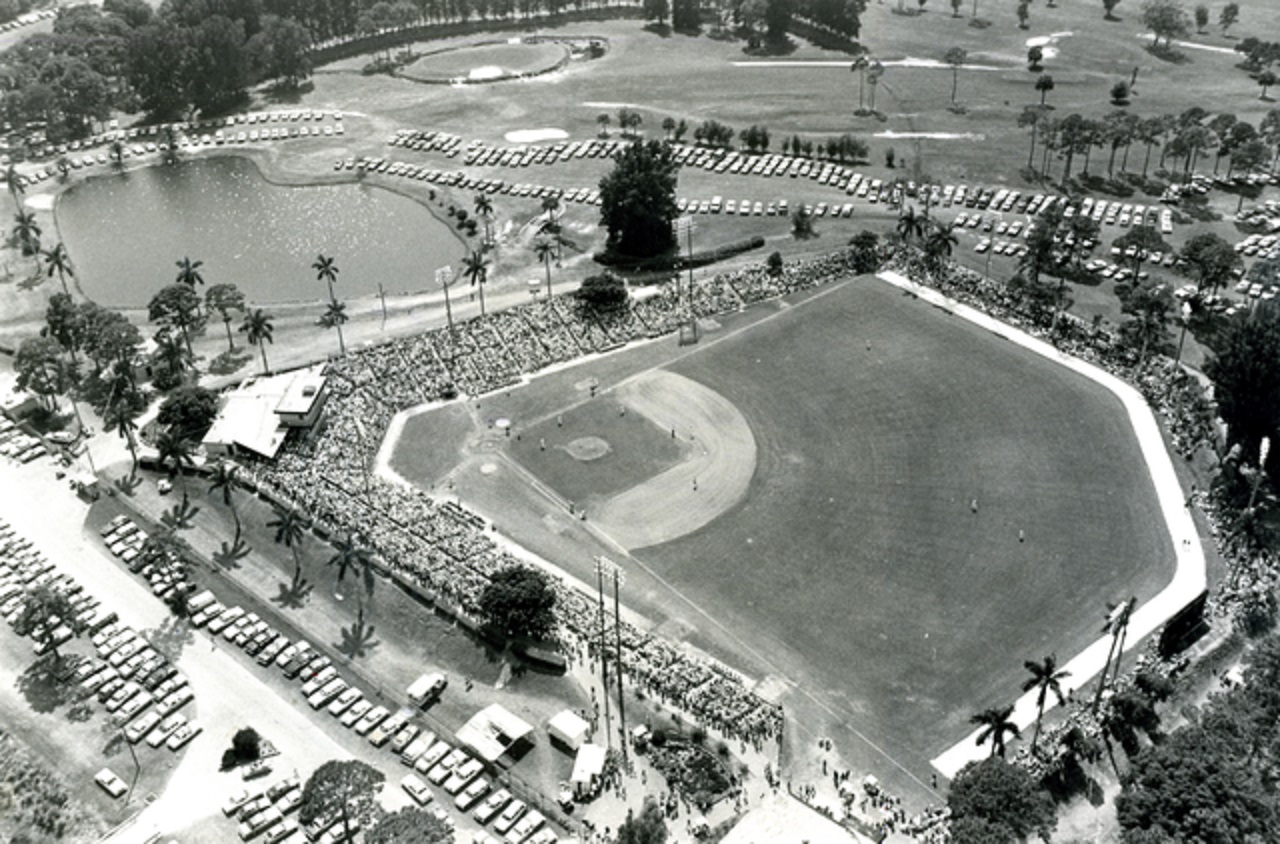
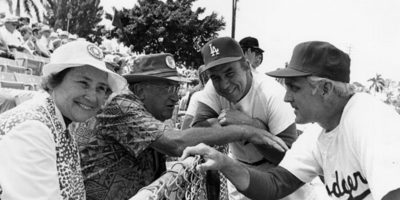
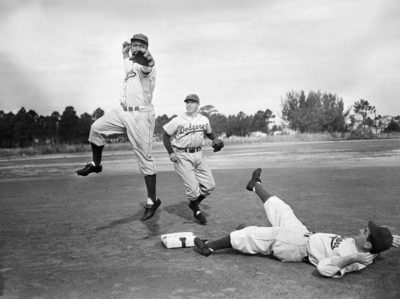
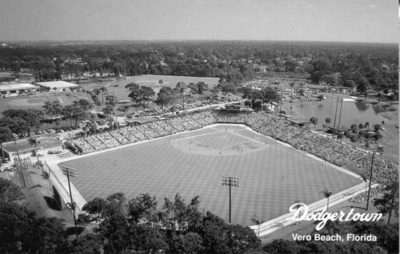
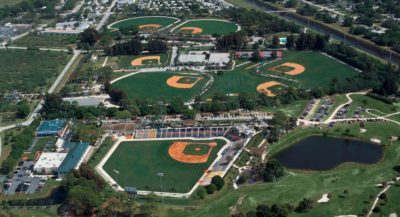
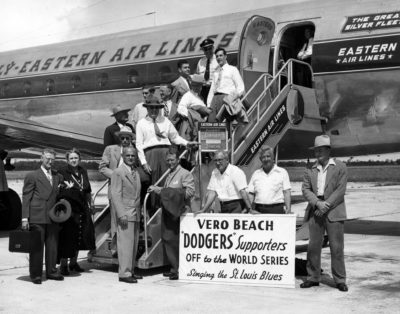
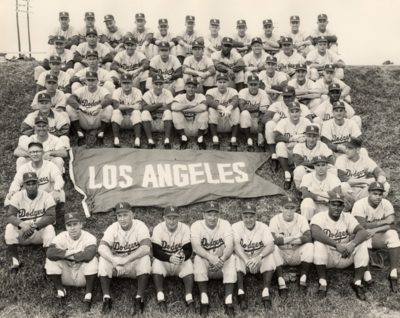
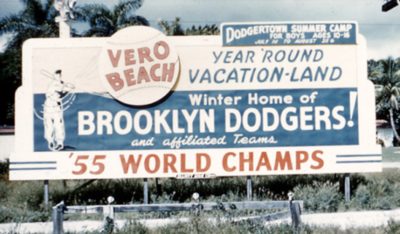
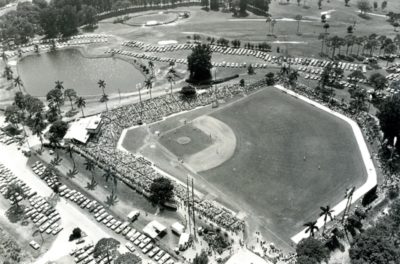
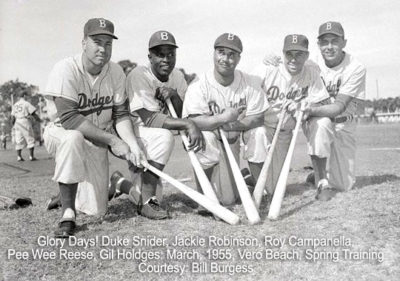
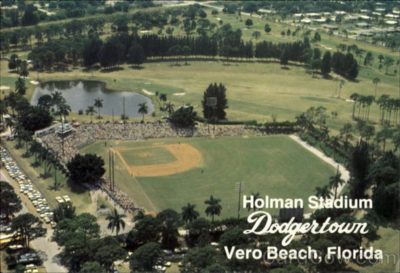
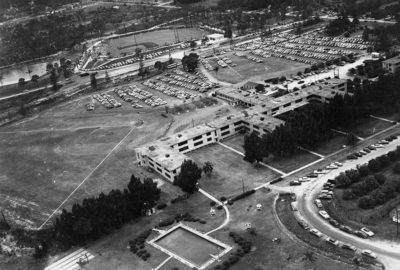
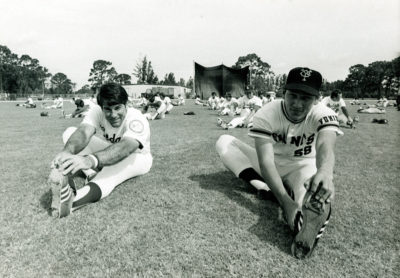
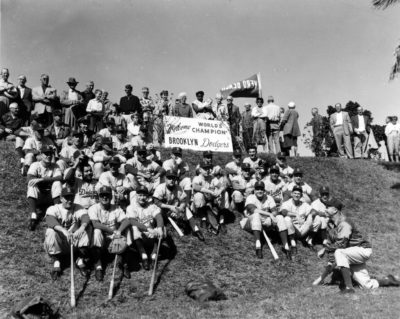
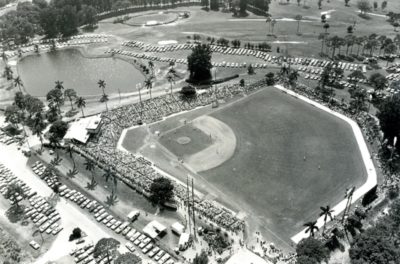
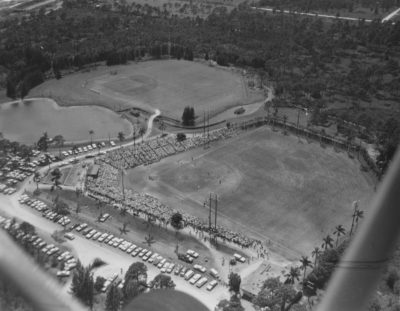
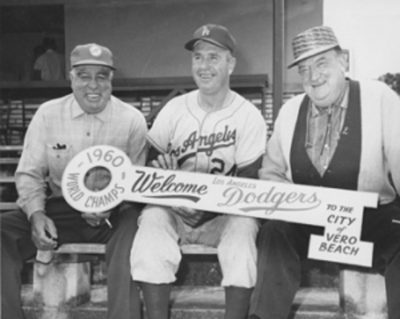
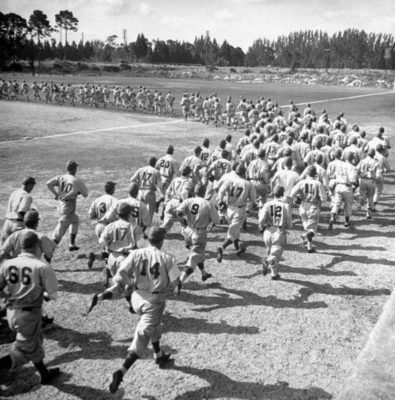
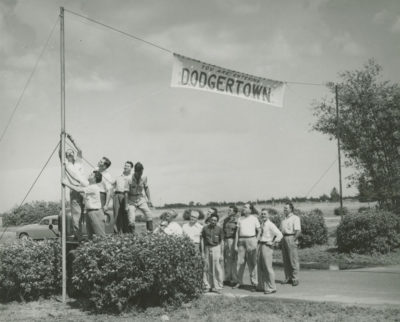
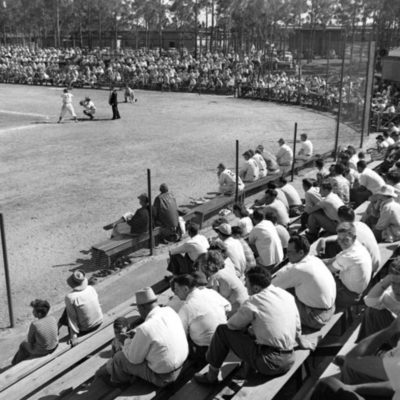
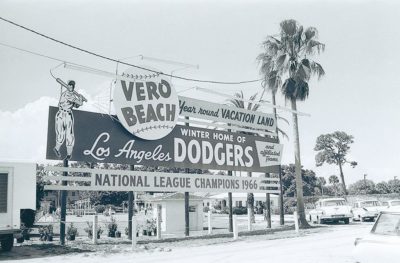
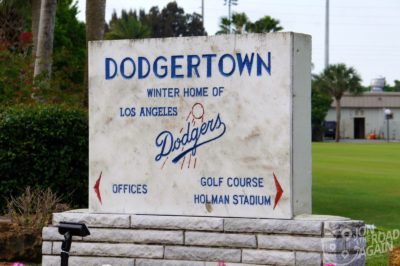
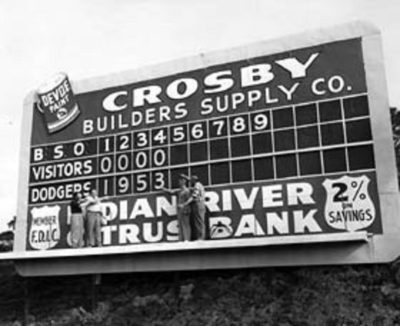
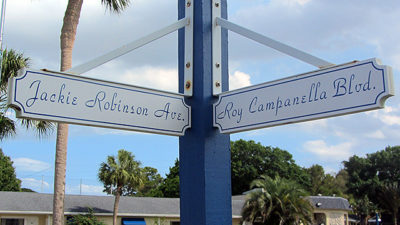
Hello,
Really enjoying looking at the pictures and your writing on events. I am starting a book that takes place in 1984 and I am trying to find out about Dodgertown at that time. Do you happen to know when they moved from a more barracks set up to people having semi-private rooms? I know over the years the place has evolved and I would like to be able to capture it as it was, but not sure how accurate a job I can do.
Any suggestions?
Thank you,
David
Hi David- Thanks for contacting me. Wish I could help you, but I don’t have any suggestions. All the info for that article I got off the Internet, and I don’t have any other knowledge of DodgerTown other than what’s available through a Google search. Good luck with the book!